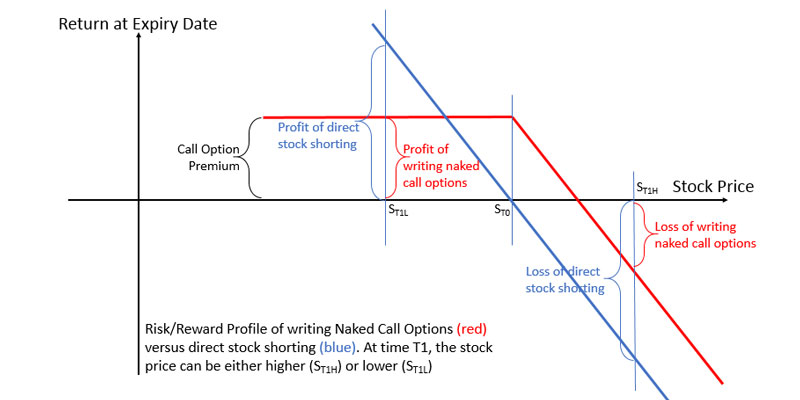The stock market strategy, which involves the search for dividend-paying stocks, is one of the investment methods. Dividends are the fees companies pay to their shareholders out of profits. Investors need to grasp the yield they can receive from such dividends. This is where dividend yield appears. Dividend yield refers to the financial ratio that displays the amount paid out by a company as a dividend per year in relation to its stock price each year. This article will focus on the definition, formula, and calculation of dividend yield while explaining how it relates to investment choices.

What is Dividend Yield?
Dividend yield is a measure employed to assess the amount of cash dividends obtained by a company compared to its stock price. It is presented in percentage format and tells how investors can realize returns on their investments only from dividends without considering any capital gains from asset price appreciation. Dividend yield plays a key role for those investors who pay attention to a regular income, which is more important than growth in the stock price.
The Formula for Dividend Yield
The formula for calculating dividend yield is straightforward:
Dividend Yield = (Annual Dividends Per Share) 100
Price Per Share
This formula helps investors determine the dividend yield by dividing the annual dividends paid per share by the stock's current market price and multiplying the result by 100 to express it as a percentage.
How to Calculate Dividend Yield
To calculate the dividend yield, follow these steps:
- Determine the annual dividends per share
- Find the current price per share
- Apply the formula
Example Calculation
Lets look at a practical example. Consider company XYZ, which issues an annual dividend of $2 per share and has a current stock price of $50.
Dividend Yield = ($2) 100 = 4%
$50
In other words, if an investor puts $100, they will obtain $4 as a dividend.
Importance of Dividend Yield
Dividend yield is a critical indicator for investors, especially those focusing on income generation. Here are some reasons why it is important:
- Income Generation: Dividend yield provides a regular income stream, which benefits retirees or those seeking passive income.
- Investment Comparison: It allows investors to compare the income potential of different stocks. Higher dividend yields can be attractive, but its essential to consider the sustainability of these dividends.
- Risk Assessment: A very high dividend yield might indicate a struggling company trying to attract investors, while a stable yield suggests a healthy, well-performing company.
- Total Return: Dividend yield contributes to the total return on investment, including capital gains and dividend income.

What Does the Dividend Yield Tell You?
The dividend yield indicates the annual dividend income relative to the stock's current price, expressed as a percentage. It helps investors assess income potential, stock valuation, and financial health and compare income potential across different stocks. For a comprehensive evaluation, it should be considered alongside other financial metrics.
Factors Affecting Dividend Yield
Several factors can influence the dividend yield of a stock:
- Stock Price Fluctuations: Since the yield is inversely related to the stock price, a decrease in stock price increases the yield and vice versa.
- Dividend Policy: Companies with a consistent dividend policy tend to have stable yields, whereas those with variable dividends can show fluctuating yields.
- Economic Conditions: During economic downturns, companies might reduce or suspend dividends, affecting the yield.
- Industry Trends: Some industries, like utilities, are known for higher yields due to their stable earnings, while tech companies might offer lower yields as they reinvest profits for growth.
Dividend Rate vs. Dividend Yield:
Aspect | Dividend Rate | Dividend Yield |
|---|---|---|
Definition | Total amount of dividends paid per share annually. | Annual dividends paid per share relative to the stock price. |
Expression | Monetary terms (e.g., $2.00 per share). | Percentage (e.g., 4%). |
Purpose | Indicates the actual cash amount received from each share. | Measures the income return on investment relative to the stock price. |
Calculation | Total annual dividends per share. | (Annual dividends per share / Current stock price) 100 |
Example | If quarterly dividend is $0.50, annual rate is $0.50 4 = $2.00 per share. | If annual dividend is $2.00 per share and stock price is $50, yield is ($2.00 / $50) 100 = 4%. |
Usefulness | Helps understand the cash flow from dividends. | Useful for comparing the income potential of different stocks. |
Impact of Stock Price | Not directly affected by stock price fluctuations. | Inversely related to stock price changes, yield increases as stock price decreases and vice versa. |
Understanding both dividend rate and dividend yield helps investors evaluate the dividend performance of a stock and make better investment choices based on their income goals and risk tolerance.
Evaluating Dividend Yield
While dividend yield is useful, it should not be the sole factor in investment decisions. Investors should also consider:
- Dividend Payout Ratio: This ratio shows the proportion of earnings paid out as dividends. A high payout ratio might be unsustainable in the long term.
- Earnings Stability: Companies with stable and growing earnings will likely maintain or increase their dividends.
- Dividend Growth Rate: A consistent dividend increase over time can positively indicate a companys financial health.
- Overall Financial Health: Assessing the companys balance sheet, cash flow, and debt levels provides a broader picture of its ability to sustain dividend payments.
Conclusion
The dividend yield is a vital metric for investors seeking regular income from their stock investments. By understanding its definition, formula, and calculation, investors can make informed decisions about the income potential of their investments. While a high dividend yield can be attractive, its essential to consider the sustainability of these dividends and the company's overall financial health. Investors can create a balanced and profitable investment strategy by combining dividend yield analysis with other financial metrics.




